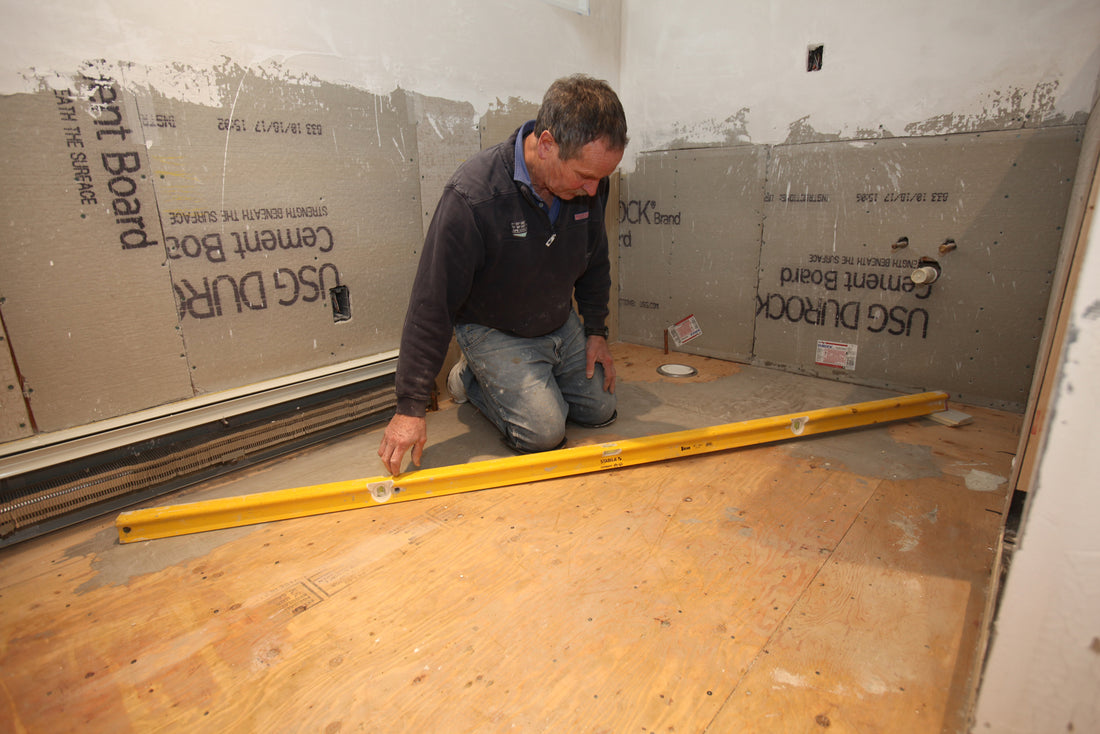Subfloor preparation is a critical step in any flooring installation project, yet it is often overlooked or underestimated. However, ensuring that your subfloor is flat and properly prepped can make a world of difference in the quality and longevity of your flooring.
A flat subfloor serves as the foundation for your flooring material, whether it's hardwood, laminate, vinyl, or tile. Without a level surface, your flooring may not only look uneven and unattractive but also suffer from premature wear and tear. Moreover, a flat subfloor allows for better adhesion of the flooring material, reducing the risk of cracks, gaps, or delamination over time.
One of the primary benefits of a flat subfloor is the ability to achieve an immaculate finish. When the subfloor is level, your flooring material can be laid evenly, resulting in a seamless appearance that enhances the overall aesthetics of your space. Whether you're installing hardwood planks or sleek tiles, a flat subfloor ensures a professional-looking finish that elevates the visual appeal of any room.
Additionally, proper subfloor preparation is essential for warranty guarantees offered by flooring manufacturers. Many warranties require that the flooring be installed on a level subfloor to remain valid. By investing time and effort into subfloor prep, you not only protect your investment but also ensure that any potential issues down the road are covered by warranty.
While carpets may seem like a more cost-friendly option compared to other types of flooring, they still benefit from subfloor preparation, albeit to a lesser extent. Unlike hard surface flooring, carpets can mask minor imperfections in the subfloor, making them more forgiving in terms of installation requirements. However, for optimal results and longevity, it's still advisable to address any significant irregularities in the subfloor before installing carpet.
It's also worth noting that loose lay flooring, such as luxury vinyl planks or tiles, is particularly unforgiving when it comes to subfloor imperfections. Any bumps, dips, or unevenness in the subfloor will be noticeable once the flooring is installed, potentially compromising the appearance and performance of the floor.
In older buildings, subfloor preparation becomes even more crucial due to settling and shifting over time. Structural changes in the building can result in uneven subfloors, requiring additional leveling and reinforcement to ensure a stable foundation for new flooring installations.
In conclusion, subfloor preparation is a fundamental aspect of any flooring project that should not be overlooked. By investing time and resources into ensuring a flat and properly prepped subfloor, you can achieve a flawless finish, extend the longevity of your flooring, and enjoy the peace of mind that comes with warranty guarantees. Whether you're renovating a residential space or upgrading a commercial property, prioritize subfloor preparation for a successful and long-lasting flooring installation.

